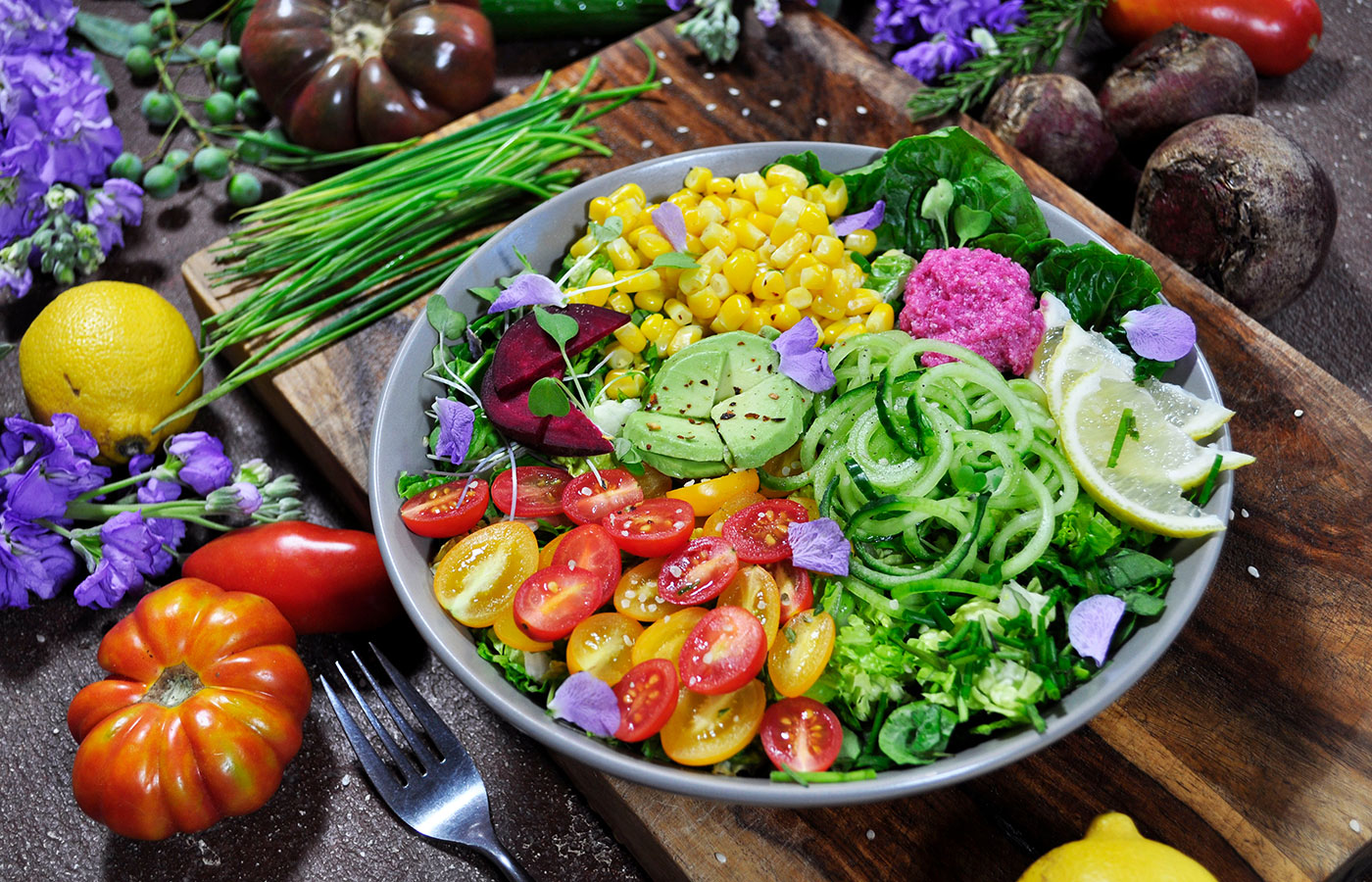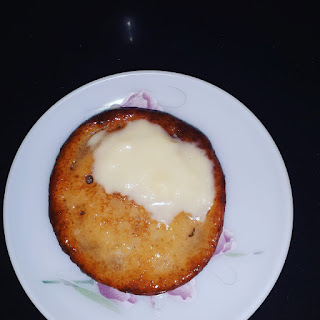This is a popular south Indian dish made curd/yogurt and is the counterpart of the North Indian Kadi. In the North Indian Kadi chickpea flour or besan is used to give body to the dish, whereas in Mor Kuzhambu Chana dal and Tuvar dal( yellow lentils and gram) along with coconut are used to give body. The masalas used in Kadi are in powdered form, whereas in the South Indian Mor Kuzhambu the whole masalas are ground to a paste.
The array of vegetables that can be used in making this dish is huge. Vegetables like Plantains, Brinjal, Colaccasia/Arbi, Ash gourd, Pumpkin, Mango(ripe), Bhindi/Vendakai can be used to make this dish. These vegetables are used in a combination or individually to make the Mor Kuzhambu.
I am giving the method to make Vendakai/Bhindi Mor Kuzhambu here as it is slightly different from the kuzhambu prepared with other vegetables. Here the Bhindi/Okra is sauteed or deep-fried before adding it to the Kuzhambu(gravy). Whereas other vegetables are cooked(boiled) before adding them to the gravy, therefore the process changes a little but not the masalas and other steps.
While you are here please check out other recipes by me like Vatha Kozhambu, Gutti Vankaya Kura, Drumstick curry, Brinjal Pepper masala, and many more...
Here is the recipe of Mor Kuzhambu for you-
Ingredients:
To Soak for 15 mins:
Dhania/Coriander seeds 1 tbsp
Jeera 1/2 tsp
Chana dal 1.5 tsp
Tuvar dal 1 tsp
Dry red chilli 1
Methi seeds a pinch(optional)
To grind:
Green chilli 1 big
Ginger1/2 inch piece
Coconut 2 tbsp +
All soaked ingredients after draining water.
Curd 300 ml or 2 cups(refer method) (1 cup=150ml)
For tempering:
Bhindi/Okra/Ladysfinger around 6 to 8 cut 1 inch long
Salt a little
Oil 1 tbsp
Mustard seeds 1 tsp
Cumin seeds/Jeera 1/2 tsp
Dry red chillies 2 broken
urad dal 1 tsp
Chana dal 1/2 tsp
Curry leaves a few
salt to taste
Directions:
Soak all ingredients mentioned under "to soak" for 15 minutes. After 15 minutes, drain water and put the soaked ingredients into a blender. Add the ingredients mentioned under "to grind" except the curd and grind them to a coarse mixture. Now add 2 tbsp curd to the coarse mixture and grind again to a smooth paste.
Now in a Kadai/Pan take oil for tempering. On heating add all ingredients mentioned under "to temper" except the Bhindi and fry for 30 seconds or until the dals turn light brown. Now add the bhindi and saute. Keep stirring every now and then so that the bindi doesn't stick to the pan. We want the bhindi to be crisp and cooked, but not mushy. Once the Bhindi is cooked transfer to a plate or vessel.
Now put the same Kadai on the flame and pour the ground paste into it. Reduce the flame and add 1 to 1.5 cups of water and simmer it. The paste has to cook well, for about 2 minutes or until the raw taste of the masalas is gone. Now smoothen the remaining curd(we used only 2 tbsp for the paste) with a whisk or give it a single spin in the blender and pour this curd into the cooking paste. Add turmeric powder and salt. The flame should be low throughout. Once the curd is poured, keep stirring constantly for a few minutes. This should take approximately 2 minutes and then switch off the flame. Once the curd is poured, it should not simmer for long. Now add the sauteed/fried bhindi and mix nicely. The tasty Mor Kuzhambu is ready to relish.
Serving Suggestions: Hot rice and Parupu Usili on the sides. It is a match made in heaven with Coconut(Thengai ) Sevai(rice hoopers) or even with Coconut rice.
STEPWISE RECIPE FOLLOWS:
1. Assemble all ingredients. Soak all ingredients mentioned under "to soak" for 15 minutes. After 15 minutes, drain water and put the soaked ingredients into a blender.
2. Add the ingredients mentioned under "to grind" except the curd and grind them to a coarse mixture. Now add 2 tbsp curd to the coarse mixture and grind again to a smooth paste.
3. Now in a Kadai/Pan take oil for tempering. On heating add all ingredients mentioned under "to temper" except the Bhindi and fry for 30 seconds or until the dals turn light brown. Now add the bhindi and saute.
4. Keep stirring every now and then. Bhindi should be crisp and cooked, but not mushy. Once the Bhindi is cooked transfer to a plate or vessel.
5. Now put the same Kadai on the flame and pour the ground paste into it. Reduce the flame and add 1 to 1.5 cups of water and simmer it. The paste has to cook well, for about 2 minutes or until the raw taste of the masalas is gone.
6. Now smoothen the remaining curd(we used only 2 tbsp for the paste) with a whisk or give it a single spin in the blender and pour this curd into the cooking paste. Add turmeric powder and salt.
7. Once the curd is poured, keep stirring constantly for a few minutes, approx. 2 minutes and put off the flame. Now add the sauteed/fried Bhindi to the gravy. The yummy Mor Kuzhambu is ready. Enjoy with hot rice and ghee or Coconut rice.
NOTES:
1. I have sauteed the Bhindi in this recipe, it can be deep-fried in little oil too.
2. The flame should always be low while cooking this dish, as curd on the high flame will split and the water will separate.
3. For the same reason once the curd is poured into the masala paste it has to be stirred constantly, to avoid separating of water and curd, which will turn the dish runny.
4. Be liberal with the coconut as it gives body and flavour to the dish.
Video on how to make Mor Kuzhambu here👇
If you tried this recipe and liked it please comment below. I would love to hear from you. If you have a query about the recipe email us and ill respond as soon as I can.



















































